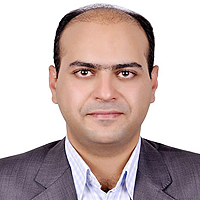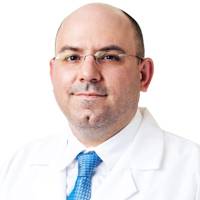Determinants of neonatal near miss among neonates admitted to Ambo University Referral Hospital and Ambo General Hospital, Ethiopia, 2019
Published on: 24th June, 2020
OCLC Number/Unique Identifier: 8625640828
Background: Neonatal Near-miss is defined as complications of neonates so severe as to be imminently life-threatening but survived due to chance or treatment. The number of neonates who survived morbidities were approximately 3 to 6 times greater than those who died. There was little evidence about neonatal near miss in Ethiopia. This study attempted to identify the determinants of neonatal near miss among neonates admitted to the Ambo University Referral Hospital and Ambo General Hospital.
Methods: Hospital-based quantitative unmatched case-control study was conducted at the Ambo University Referral Hospital and Ambo General Hospital from March 1 to 28, 2019. The respondents, 134 cases and 268 controls were recruited by simple random technique. Data were coded, entered and cleaned in EpiInfo version 7 and exported to SPSS. Both Bivariable and multivariable logistic regression was computed at 95% CI and the final model was checked by Hosmer and Lemeshow goodness -of-fit test. Multi collinearity and cofounders were not detected.
Result: Multivariate analysis showed that distance more than 15km away from health facilities [AOR=2.11, 95% CI: (1.09, 4.095)], Unwanted, and unplanned current pregnancy [AOR=3.71, 95% CI: (1.28, 10.79)], less than four Antenatal care visit [AOR=6.55, 95% CI: (3.07, 13.98)], Instrumental delivery [AOR=4.62, 95% CI: (1.78, 11.98)] were positively associated with Neonatal Near Miss. Whereas Term Neonates [AOR= 87%, 95% CI: (0.05, 0.32)], and Normal birth weight [AOR=91%, 95% CI: (0.03, 0.28)] were negatively associated with Neonatal Near Miss.
Conclusion: Distance from health facilities, Antenatal care visit, current pregnancy type, birth weight, gestational age and mode of delivery were determinants of Neonatal Near Miss. Therefore, providing adequate Antenatal services, health education and training is needed to improve neonatal health.
















